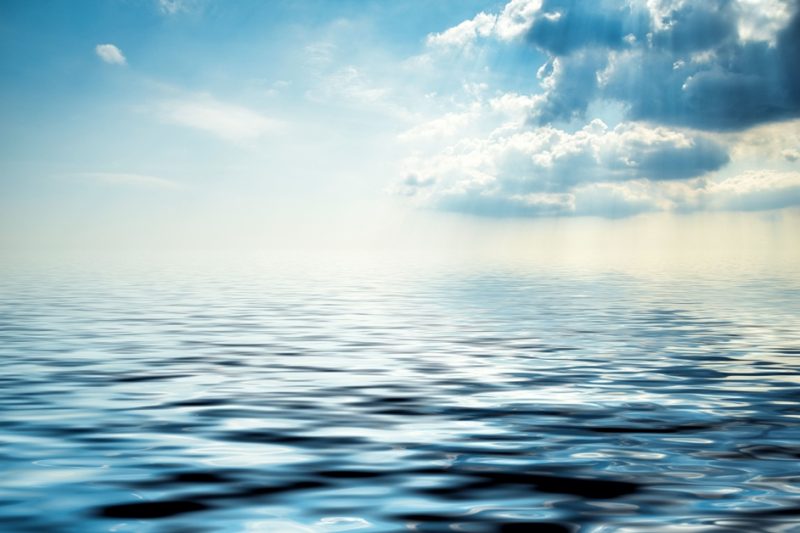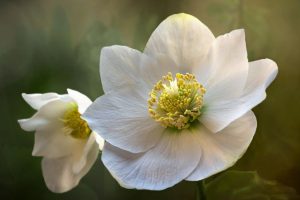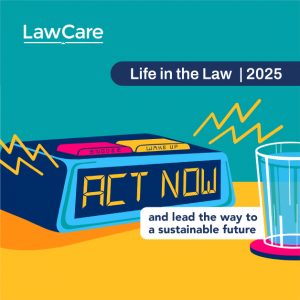On the hottest day of the year, what better way to stay cool than to sit in the shade and read.
My eye was drawn to an article in the New Scientist: entitled ‘Into the blue’. I have written before about the benefits of nature and mental wellbeing. The idea that being in green spaces can give us a mental pick-me-up.
The article explores the added benefits of being by water as against being in green spaces. It seems the Victorians recognised the restorative nature of being by water, after all they prescribed sea air as a treatment for melancholy.
Research at the University of Exeter (2013) found that people who live in green spaces feel less “blue”. Subsequent research suggests that there are other benefits such as increased attention, creativity and memory. These findings over the years have led to local authorities and government pushing for green spaces in urban design. However more recently the concept of blue spaces being better than green has started to take root. Over 20,000 people participated in research undertaken jointly by the London School of Economics and the University of Sussex, which indicated that whilst people found that being in nature made them happier as compared to the urban environment, those who lived in marine or coastal areas were happiest “by some distance”. Data indicated that on a 100 point happiness scale coastal areas came out as 6 points higher.
Further research (The BlueHealth project) from a consortium of European researchers, found that blue spaces scored higher for physical and mental well-being that their green counterparts. One possible reason being that coastal areas often have patterns of change, such as the tide that ebbs and flows, waves lapping the shore and sun that glints on sand and water. This all creates a soothing energy that scientists call ‘Soft fascination’: taking our thoughts and attention away from the specific, These are not replicated in green spaces. In addition the same research suggests that the strongest predictor for good mental health was not the length of time spent in nature but rather the psychological connectedness to it.
I found the article interesting on a personal level as I love to swim in open water be that rivers, lakes or the sea, it made me reflect and maybe understand a little more why I do it ! I also found the six tips for making the most of nature helpful.
- Take your time: the greater the length of time the greater the health benefits anywhere between 2 and 5 hours is optimal
- Make it count: taking time in nature can be in small 10 minute chunks (achievable from office)
- Make a connection: try and connect more deeply e.g. do some gardening or take photographs (use your mobile)
- Wrap up warm if necessary: remember to still go out in the colder winter months
- Don’t force it: It has to be personal choice
- Quality over quantity: safe spaces that really feel like being in nature
Thank you to Jackie Scruton for this blog. Having just returned from a holiday by the coast where there was also the opportunity to be in quiet and restful green spaces, I can vouch for the recuperative effect.
Val









